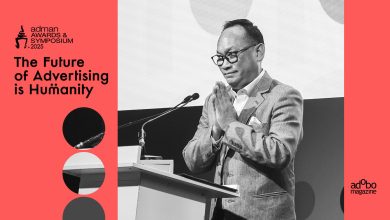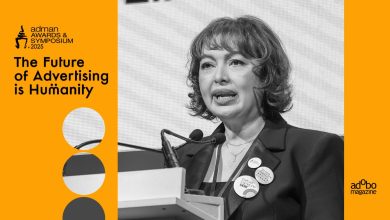HONG KONG – Ogilvy & Mather (O&M) has announced the appointment of Katryna Mojica as Chief Executive Officer for O&M Hong Kong from March 2017. Mojica takes the reigns from Adam O’Conor, who will focus full-time on his Global Brand Management role – announced in January 2016 – for O&M in Asia Pacific.
Starting her career with O&M Philippines in 1996, Mojica has held country leadership positions for the network since 2006. She has driven expansion in fast-growing markets such as Vietnam, and more recently as CEO for O&M Indonesia. Under her leadership, the network office has seen double-digit growth and was crowned 2016 Creative Agency of the Year by Campaign Asia.
“We’re thrilled to see Katryna take the helm of Hong Kong – one of our top 15 offices globally. Her track record over the last twenty years has been nothing short of remarkable. Her modern, integrated, and transformative work for our clients makes her the perfect candidate to see the continued success of this operation,” commented Chris Reitermann, Co-CEO of O&M Asia Pacific.
“The Hong Kong office has always done some of the best work for O&M in Asia. There is a palpable sense of energy, and the agency is in a constant state of evolution and innovation. These are exciting times, and I am very much looking forward to working with our clients and our extraordinary team on the ground,” shared Mojica,
O&M has yet to formally announce a new Chief Executive Officer for its Indonesia operations, however will do so in due course.
O’Conor, who will remain stationed in Hong Kong, was appointed CEO of the Hong Kong office in 2011. During his tenure O&M Hong Kong has seen billings and revenue more than double, has been awarded Marketing Magazine’s Agency of the Year for 5 of the last 6 years, and the office was most recently crowned Campaign Brief Asia’s #1 Creative Agency in Hong Kong.
“Since our announcement of Adam’s new position last January, our clients have faced increased disruption to their businesses. Now more than ever, they are looking to Asia Pacific for their next chapter of growth, and so it makes sense for us to invest further. We are delighted that Adam has agreed to take on this important position for us full-time,” said Kent Wertime, Co-CEO of O&M Asia Pacific.
O’Conor’s position as President of Global Brand Management places him in charge of more than 20 global brands, and accounts for more than a third of business for the network in Asia Pacific.








